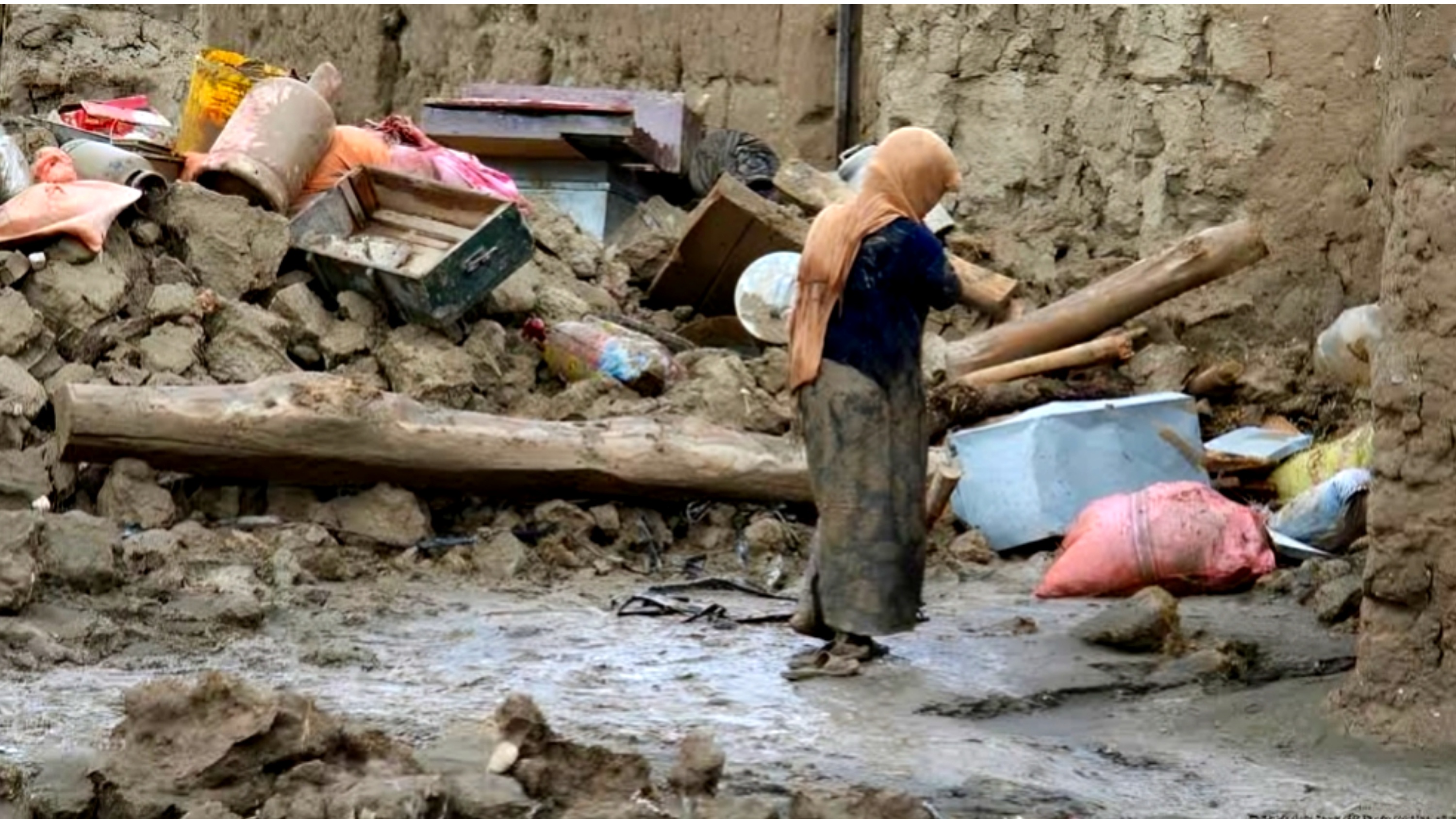Kabul: Taliban officials have reported that heavy rains, hailstorms, and subsequent flooding have resulted in the deaths of at least 36 people and injured 40 others across several provinces in Afghanistan.
Abdullah Jan Sayeq, spokesperson for the National Disaster Management Authority (NDMA), stated in a video message on X that snowfall and heavy rains in recent days have caused significant human and material losses in various regions.
"According to initial figures from our provincial offices, unfortunately, around 36 of our countrymen have lost their lives, and 40 others have been injured due to these natural disasters," Sayeq said.
The disasters have also destroyed 240 homes completely, while 61 others have been partially damaged. Hundreds of acres of farmland have been washed away, and roads in several areas remain blocked due to flooding. Efforts are underway to clear these routes.
Farah and Kandahar appear to be the most affected regions. Local Taliban officials in these provinces had earlier reported that at least 29 people had died due to hailstorms and heavy rainfall.
In Farah, Mohammad Israel Siyar, head of the provincial disaster management authority, confirmed that 21 people had died and six were injured after being caught in extreme weather conditions while out on a picnic.
Kandahar officials reported the deaths of eight people, including women and children. A statement from the local NDMA office detailed tragic incidents where four women washing clothes were swept away by floods, with only one surviving. Additionally, a house collapse killed a woman and three children, while another child also lost their life in the flooding.
Afghanistan has suffered from frequent natural disasters, including floods and droughts. In May last year, heavy rains and flash floods killed hundreds and wiped out vast agricultural lands.
The United Nations has consistently warned that Afghanistan is among the ten most vulnerable countries to climate change, yet it has little to no preparedness to deal with such environmental crises. Experts highlight drought, floods, and declining agricultural productivity as the country's major climate-related threats.








